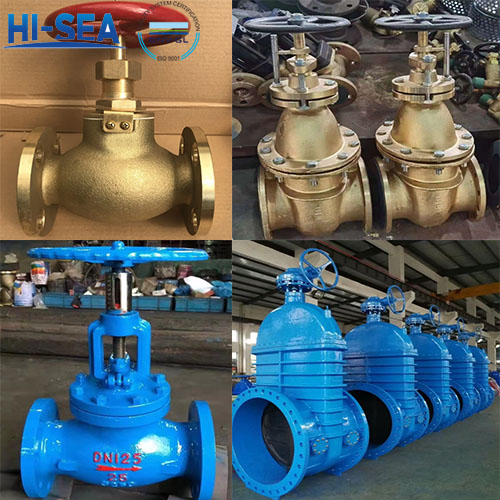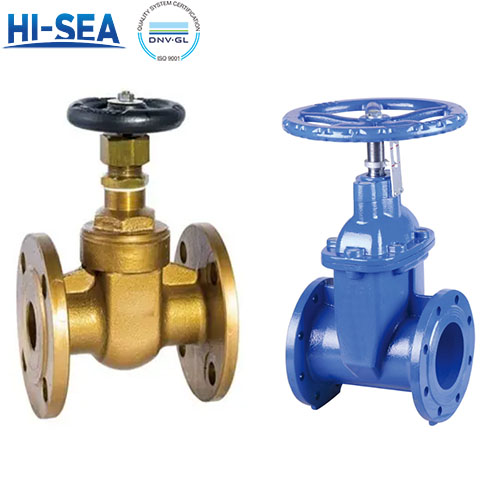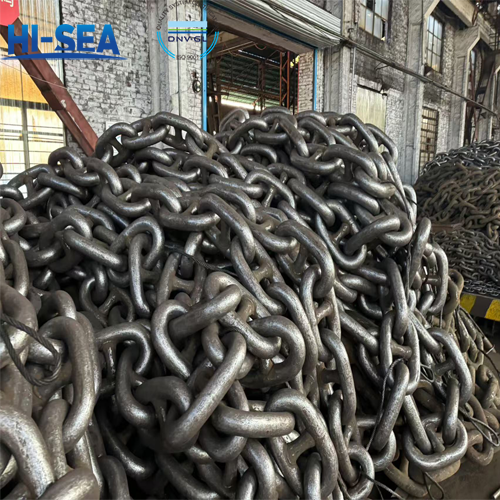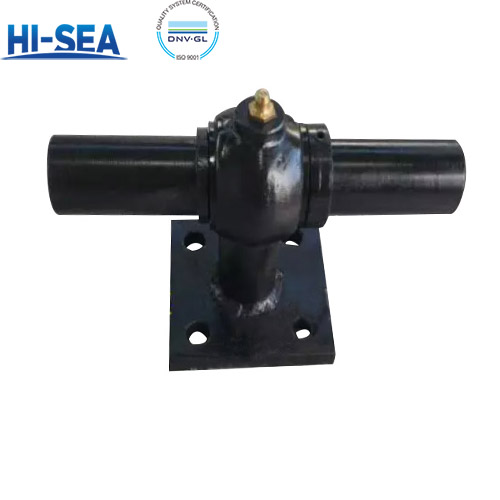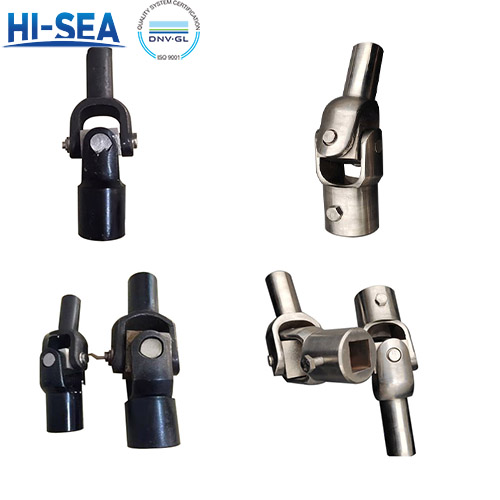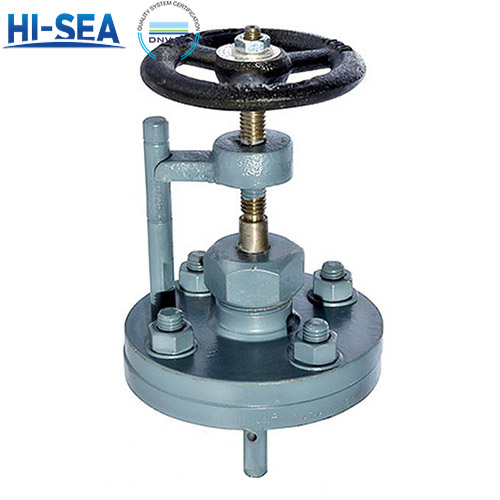
The Difference Between Marine Valve and Industrial Valve
Marine valves and industrial valves are functionally used to control the flow of fluids and pressure of the device, but due to the application of different environments and requirements, they are in the design, materials, functions and other aspects of the existence of significant differences.
Overview
Design and Structure
Marine valves: they are usually compactly designed to fit into the narrow installation space of ships. Considering the vibration and rocking of the ship, the design pays more attention to the vibration resistance and shock resistance. With anti-corrosion design to adapt to seawater and salt spray environment.
Industrial valves: the design is more diverse to adapt to the needs of different industrial applications. Emphasis on high temperature, high pressure and wear resistance. According to the specific application environment, there are specialised design and material selection.
Material Selection
Marine valves: use corrosion-resistant materials, such as stainless steel, bronze, aluminium bronze, etc., to resist seawater corrosion. Internal sealing materials should also have good corrosion resistance and durability.
Industrial valves: material selection is more diverse, depending on the specific process media and working conditions. Commonly used materials include carbon steel, stainless steel, alloy steel, cast iron, plastics and so on. May require chemical corrosion, high temperature or high pressure resistant special materials.
Performance Requirements
Marine valves: need to have good durability and reliability, can work properly in poor sea conditions. Need to be certified by classification societies (such as ABS, DNV GL, LR, etc.), in line with the International Maritime Organisation (IMO) and other relevant norms. Design requirements for fire prevention, explosion-proof, especially for oil tanks, fuel systems and other critical parts of the valve.
Industrial valves: performance requirements vary according to specific application scenarios, such as pressure resistance, temperature resistance, corrosion resistance and so on. Need to comply with the standards and specifications of the corresponding industry (such as API, ASME, DIN, etc.). High precision control or fast response capability may be required to adapt to the needs of industrial automation control systems.
Application Environment
Marine valves: mainly used in various systems of ships, such as fuel system, cooling system, drainage system, ventilation system and so on. Need to adapt to the marine environment, including high humidity, salt spray, seawater impact.
Industrial valves: a wide range of applications, including petrochemical, metallurgical, electric power, pharmaceutical, food processing and other industrial fields. Need to adapt to a variety of process conditions, such as high temperature and pressure, strong acid and alkali, dust explosion environment.
Image
